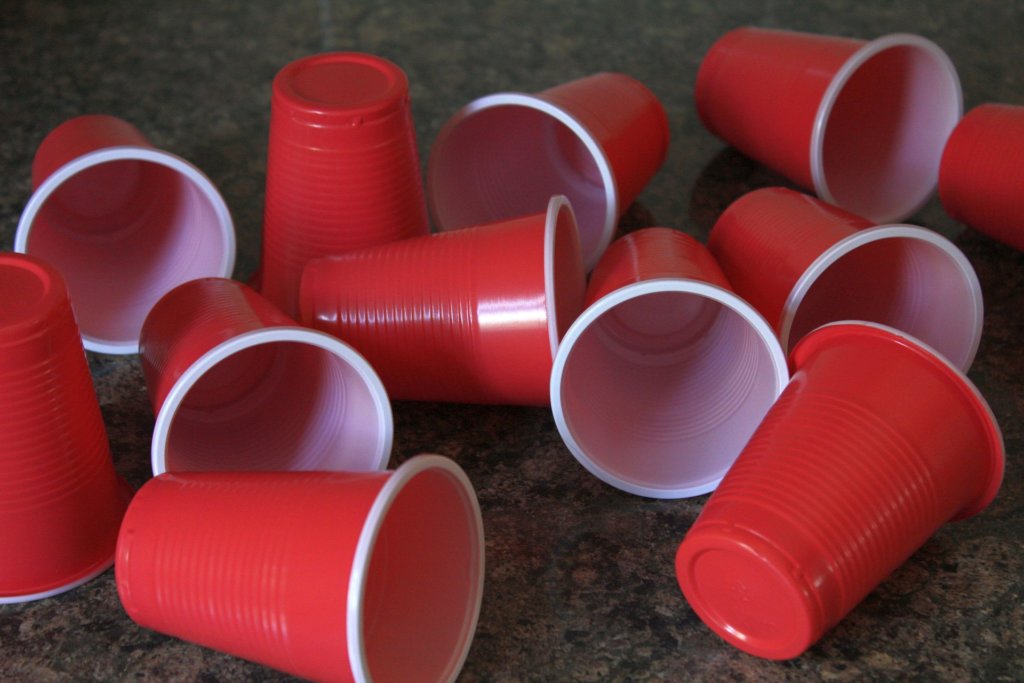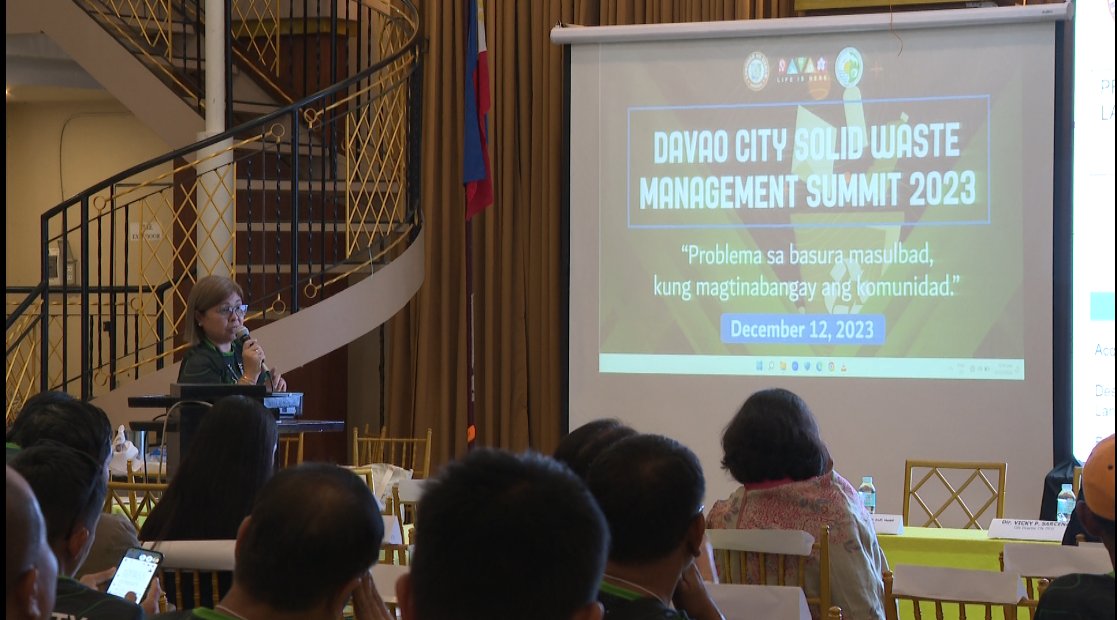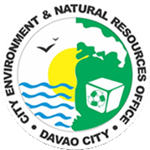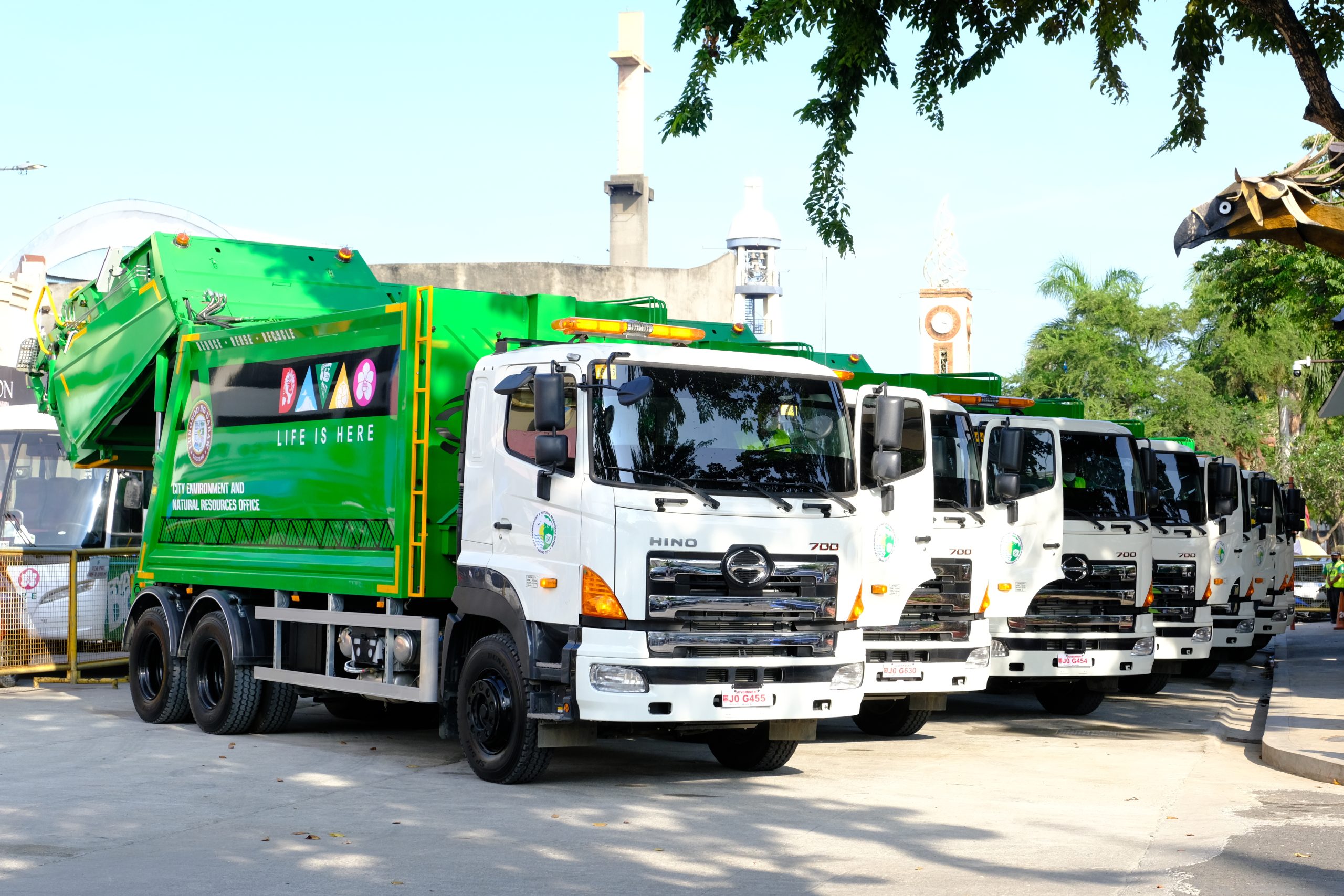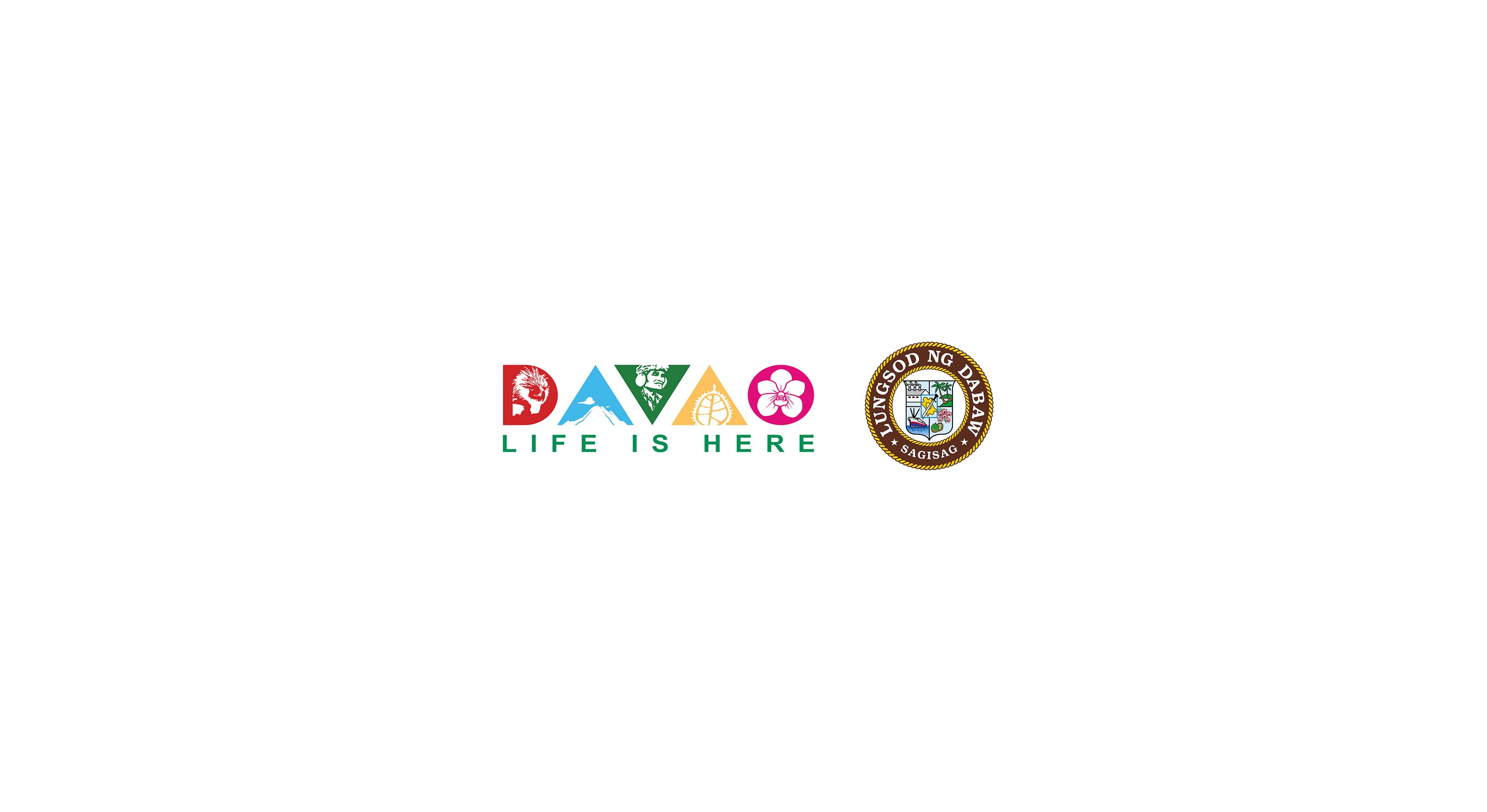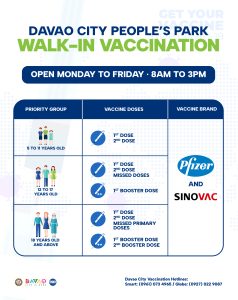July 27, 2022
The City Environment and Natural Resources Office (Cenro) called on barangays and their households, and establishments to continue implementing the solid waste management ordinance at their level as it cited the best solid waste management practices of model barangays and private establishments in the city.
The city’s Ecological Solid Waste Management Ordinance of 2009 prescribes the compulsory sorting of solid wastes at source by all waste generators and the establishment of barangay-based materials recovery facilities.
Orly Limpangog of the City Environment and Natural Office (Cenro) Environmental Waste Management Division’s Information Education Campaign Unit lauded barangays Lapu-Lapu, Vicente Hizon, Mahayag, and Cabantian for their initiatives to support the city’s solid waste management program.
Limpangog, during the Go Clean Go Green sa DCDR program aired on Tuesday, July 26, said Barangay Lapu-Lapu is the only barangay that has made a waste museum.
“Ang basura nila gi-try nila transform og bulak-bulak pang decor, appreciated kaayo sa mga Hapon. Sa basura pa lang gibuhat na nila og mga toys. Daghan kaayo sila’g gibuhat nga gwapo gyud ilang pamaagi (They recycle their waste into decors like flowers, which is highly appreciated by our Japanese partners. They made toys out of their waste. They made several great initiatives),” he said.
Barangay Vicente Hizon, according to him, also manages its waste well that it has become a must-visit destination for guests who come for benchmarking.
Limpangog said, “Number one sila sa waste segregation (They are number one in waste segregation).”
Barangay Mahayag, on the other hand, has an established solid waste management program and has its own material recovery facility. Barangay officials also conduct random household inspections and apprehend those who do not segregate their garbage in their households.
Barangay Cabantian strictly implements the law and conducts inspection and apprehend violators. Limpangog said that even a sibling of a barangay councilor was among those caught.
Meanwhile, he also lauded NCCC and Abreeza Ayala Malls, along with Bistro Rosario and Bachelor Express, for helping them educate other communities on waste management and proper segregation.
NCCC and Bistro Rosario, he said, compost their biodegradable waste in their establishments.
“Si NCCC ginagamit nila tong ginapalata nga biodegradable waste as fertilizers sa ilang organic vegetables. Sila man gud tong na-feature tong nagbuhat og guide book ang Jica ug Cenro para sa mga restaurants (NCCC uses its composted waste as fertilizers for its organic vegetables. We featured them in the guide book that Jica and Cenro made for restaurants in the city),” he added.
The City Government of Davao launched an initiative in 2017 to boost its solid waste management through a partnership with the Environment Bureau of the City of Kitakyushu, the Japanese non-profit group Kitakyushu City Environmental Preservation Association (KEPA), and the Japan International Cooperation Agency (JICA).
The partnership aimed to create a model project in Davao City, focusing on improving solid waste management through strengthening community and private sector participation. The collaboration was a prelude to preparing the city to engage in waste-to-energy technology by maximizing waste diversion activities, thereby ensuring the successful operation of the facilities to be built.
Limpangog said Cenro has already updated its solid waste management system and set up a preparatory dummy to promote waste reduction. The office has established a system like waste analysis characterization study to determine which type of waste the city produces more (biodegradable, non-recyclable, residual, or special). CIO

